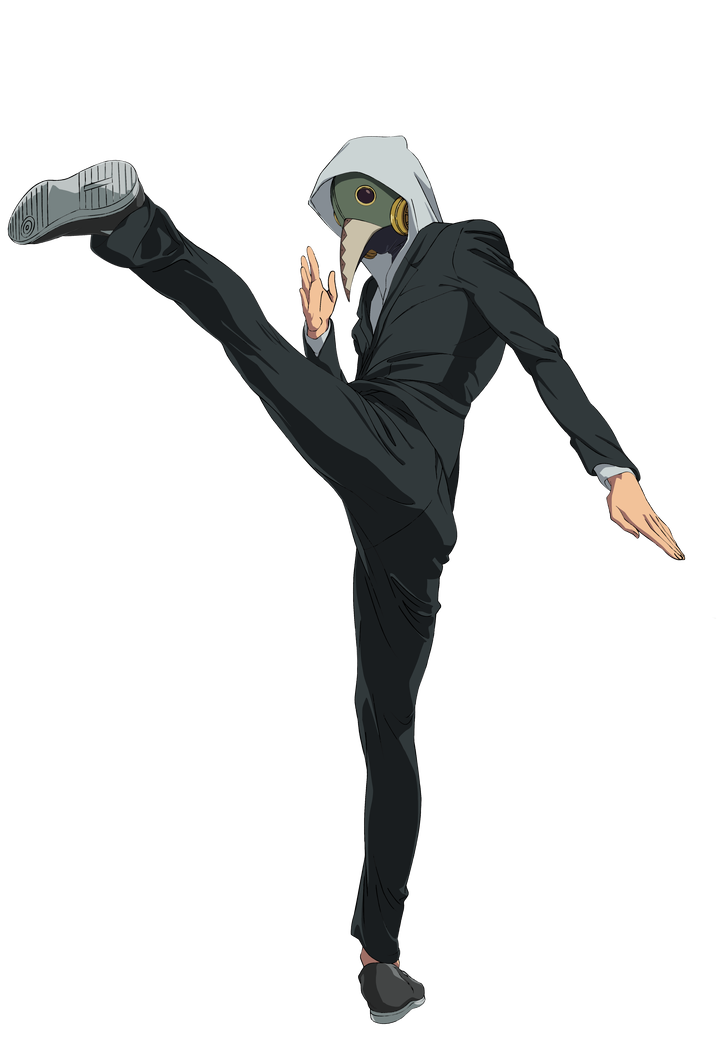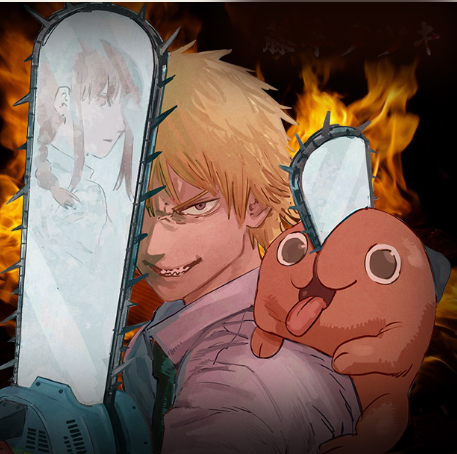# How Chainsaw Man Shatters Genre Norms: A Revolutionary Manga Experience!
##
Introduction: A New Era of Manga
In the vast landscape of manga, we often find ourselves navigating familiar trails – the heroic shonen battles, the epic romances, or the heartwarming slice-of-life stories. But then comes *Chainsaw Man*, a vibrant, chaotic whirlwind that not only captivates readers but also shakes the very foundations of genre conventions. This revolutionary title, born from the imagination of Fujimoto Tatsuki, is a breath of fresh air that challenges our expectations while delivering a thrilling narrative experience. As we dive into its wild world of devils and chainsaws, we uncover how *Chainsaw Man* redefines what manga can be.
At first glance, *Chainsaw Man* appears to fit neatly into the shonen genre with its teenage protagonist, Denji, who dreams of a better life. However, it quickly becomes apparent that this narrative is anything but formulaic. With its unpredictable plot twists and raw character arcs, the manga delves deep into existential themes, highlighting the complexities of human desires and societal pressures. This is not merely a story about fighting demons; it’s a poignant exploration of what it means to be human in a world filled with suffering and ambition.
As we explore this revolutionary manga, we will uncover the elements that make *Chainsaw Man* a trailblazer. From its character development and narrative structure to its artistic style and thematic depth, this series invites readers to engage with it on multiple levels, offering a truly unique experience that resonates long after the last page is turned.
##
Subverting Tropes: Characters with Depth
One of the standout features of *Chainsaw Man* is its rich character development, which subverts the tropes we often encounter in shonen manga. Denji, our protagonist, is not your typical hero; he’s flawed, desperate, and riddled with insecurities. His motivations are raw and relatable, driven by basic human desires such as hunger, love, and acceptance. Unlike traditional heroes who embark on grand quests with noble intentions, Denji’s journey is grounded in survival and the pursuit of simple pleasures, making him an incredibly nuanced character.
Moreover, the supporting cast shines just as brightly. Characters like Power and Aki are not just allies; they possess their own dreams, fears, and complexities. Power, a devil with a fierce personality, grapples with her identity and vulnerability, while Aki’s tragic backstory adds layers of depth to his stoic demeanor. These characters are not mere plot devices; they evolve throughout the series, challenging readers to empathize with their struggles and aspirations. This depth of character invites readers to reflect on their own lives, making the narrative all the more impactful.
By breaking free from the mold of one-dimensional characters, *Chainsaw Man* creates a tapestry of personalities that reflects the intricacies of human nature. This commitment to character depth not only enriches the story but also encourages a more profound connection between the reader and the narrative, reminding us that everyone has their battles to fight. In a world where we often feel isolated in our struggles, *Chainsaw Man* offers a reminder that we are not alone.
##
Breaking the Fourth Wall: A Meta Commentary
In a bold move, *Chainsaw Man* often breaks the fourth wall to provide a meta-commentary on the tropes and clichés of the genre. Fujimoto cleverly weaves in moments of self-awareness that not only entertain but also encourage readers to question the very fabric of storytelling in manga. Characters occasionally express their awareness of being part of a narrative, making us ponder the boundaries between fiction and reality.
This playful approach serves to deconstruct genre norms while simultaneously celebrating them. For instance, Denji’s often absurd ambitions juxtaposed with the violent, high-stakes situations he finds himself in create a humorous yet thought-provoking contrast. By shining a light on the absurdities of the shonen genre, *Chainsaw Man* invites readers to laugh at the tropes while appreciating the artistry involved in subverting them. It’s a delightful dance between the expected and the unexpected, turning every page into an adventure!
Such meta-narratives not only add a layer of humor to the story but also invite readers to engage critically with the text. This level of engagement transforms the reading experience into a collaborative act, as we find ourselves not just passive consumers of the story but active participants in the exploration of its themes and messages. In a world where stories can feel predictable, *Chainsaw Man* reminds us to embrace the chaos and find joy in the unexpected!
##
The Art of Chaos: Visual Storytelling
One cannot discuss *Chainsaw Man* without acknowledging its distinctive artistic style, which is as chaotic and unpredictable as the story itself. Fujimoto’s artwork elegantly captures the brutality and absurdity of the world he has created. The frenetic energy in the action sequences is palpable, drawing readers into heart-pounding confrontations with devils that feel visceral and immediate. Each frame bursts with life, encouraging us to dive headfirst into the madness!
Fujimoto’s visual storytelling techniques also play a crucial role in conveying emotional depth. Subtle facial expressions and dynamic panel layouts enhance the characters’ emotional journeys, allowing us to feel their joy, despair, and everything in between. The juxtaposition of grotesque imagery with poignant moments creates a unique balance, making the reader oscillate between shock and empathy. This blend of styles is a testament to Fujimoto’s skill as a storyteller, showcasing how art can amplify narrative themes and enrich our understanding of the characters’ experiences.
Ultimately, the visual chaos of *Chainsaw Man* is not just for shock value; it mirrors the unpredictability of life itself. In a world where chaos reigns, the manga offers a cathartic release, reminding us that even amidst turmoil, there is beauty to be found in our struggles. This powerful visual language invites readers to appreciate the artistry behind the chaos and to embrace the unpredictable nature of life with open arms and an adventurous spirit!
##
Universal Themes: A Reflection on Humanity
Beneath the surface of *Chainsaw Man* lies a treasure trove of universal themes that resonate deeply with readers from all walks of life. At its core, the manga grapples with the human condition, exploring our desires, fears, and the relentless pursuit of meaning. It reflects the pain and joy of existence, painting a vivid picture of what it means to navigate a world filled with contradictions. As we follow Denji and his companions, we find ourselves grappling with the same questions that haunt us in our daily lives.
The manga does not shy away from darker themes, such as sacrifice and the consequences of our choices. Yet, it also celebrates resilience, friendship, and the pursuit of happiness in the face of adversity. Each character’s struggle is a microcosm of our own, reminding us that even in our lowest moments, there is hope to be found. This heartfelt exploration of humanity encourages readers to reflect on their paths, inspiring them to seek connection and understanding in a world that often feels divided.
Ultimately, *Chainsaw Man* serves as a powerful reminder that despite the chaos and challenges we face, we are all in this together. The manga’s universal themes resonate deeply, reminding us to keep pushing forward and to embrace our shared humanity. So, as you navigate your own journey, remember that each challenge is an opportunity for growth, and there’s a vibrant world waiting for you just beyond the horizon. Embrace it with an open heart, and let the adventure unfold!

